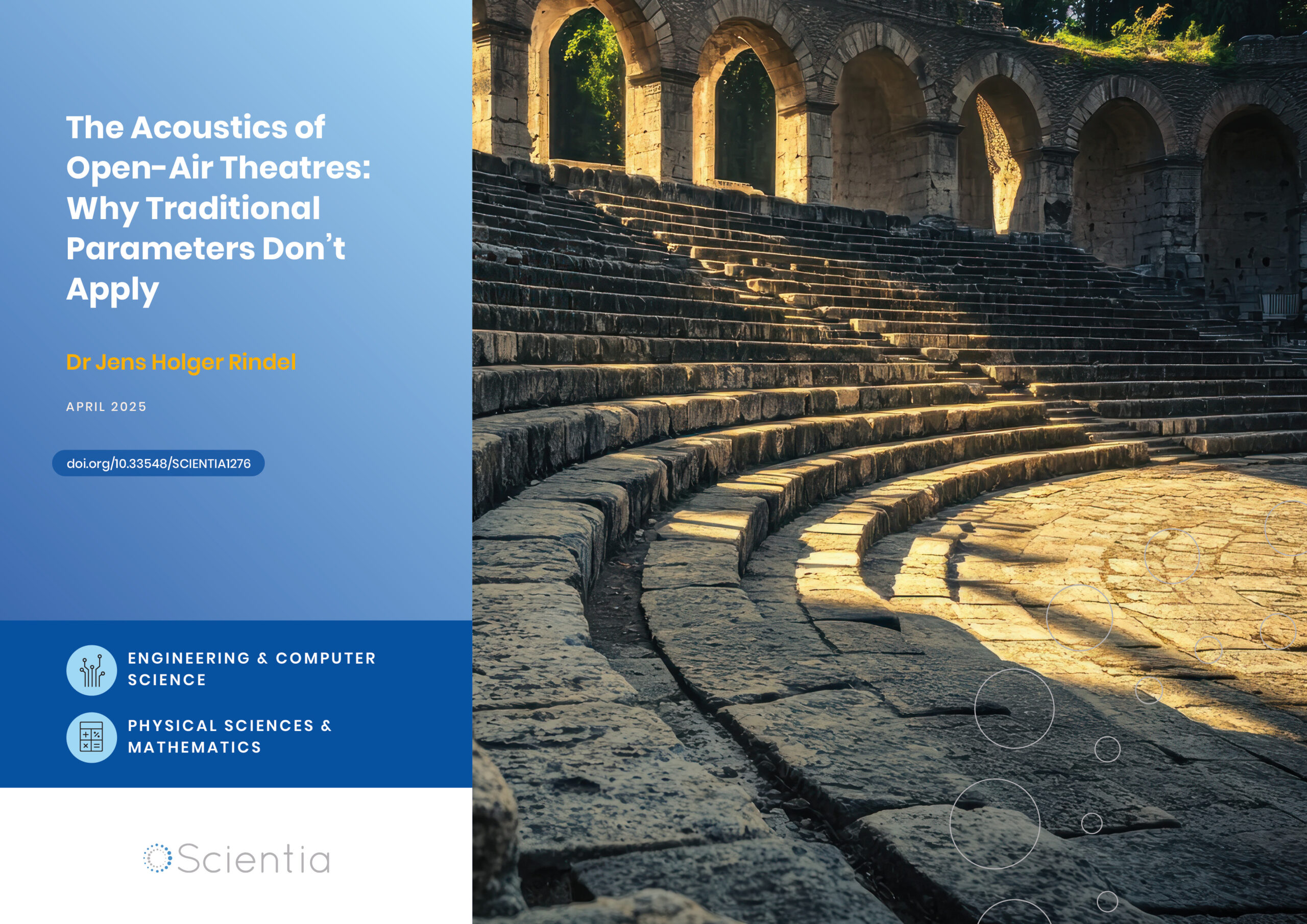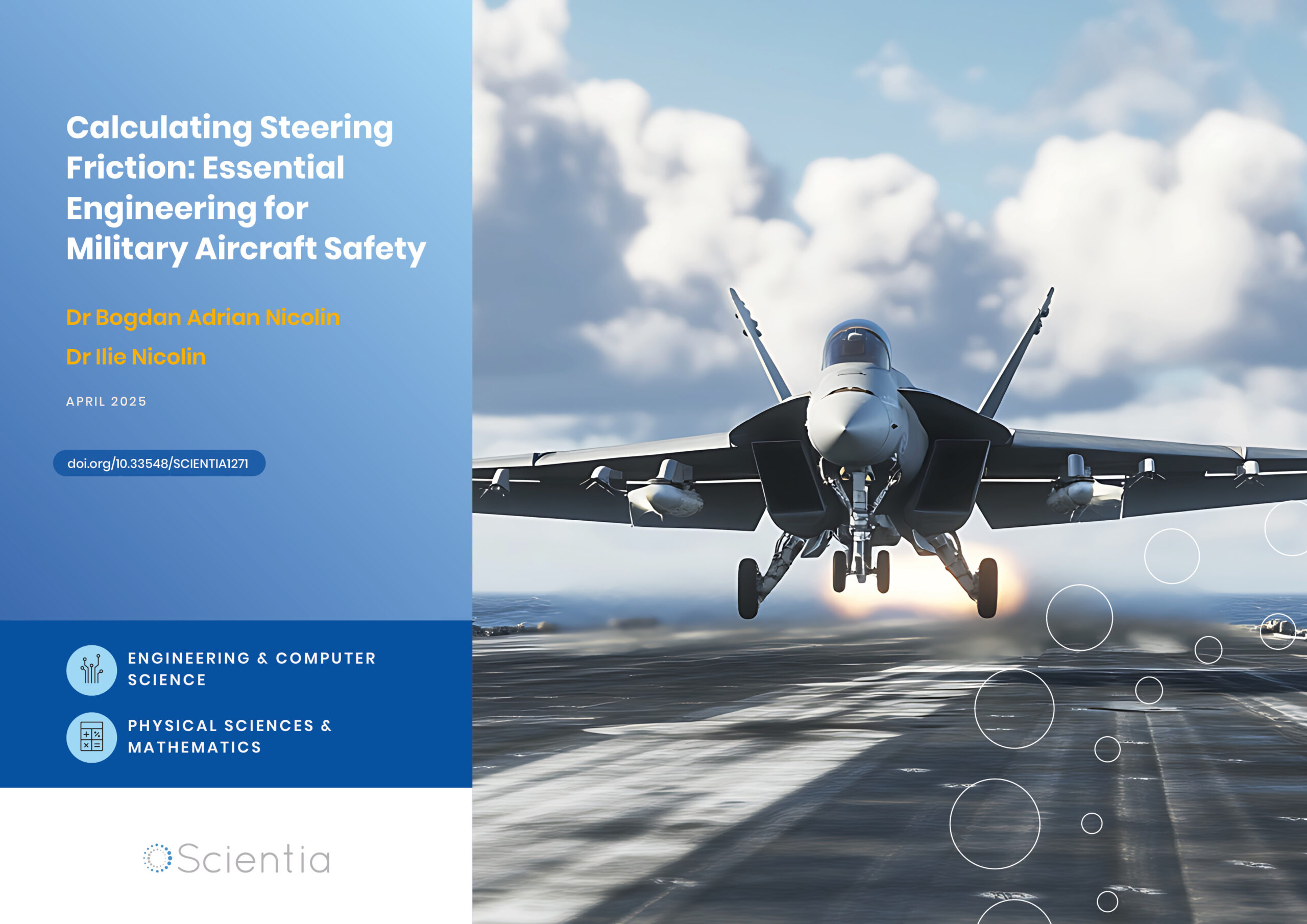Dr Sonya Smith – The HBCU-HDI Women in STEM Conferences
Although the number of women enrolling in science, technology, engineering and math (STEM) courses has increased over the past few years, women still remain widely underrepresented in STEM fields. To address this serious issue, the HBCU-HDI Women in STEM Conference, an event organised by Dr Sonya Smith and her colleagues at Howard University, brings female scientists and graduate students from the US and South Africa together to openly discuss the challenges and opportunities for women pursuing careers in STEM-related fields.
Challenges Faced by Women in STEM
In the US and South Africa, women often face significant challenges when trying to affirm themselves in STEM disciplines. There challenges are often further accentuated for women of colour, who are still widely underrepresented in most STEM fields, particularly engineering.
While laws in the US and South Africa safeguard women against discrimination and harassment in the workplace, the overall cultural and professional climate in both countries deters many women from pursuing STEM-related studies and careers. The lack of female role models in science and engineering professions further exacerbates this problem, as many girls and women are unable to imagine themselves working in these fields. As well as being immensely unfair, this leads to a considerable waste of talent, at a time when STEM professionals are in high demand.
Like many countries worldwide, South Africa has an increasing need for highly skilled scientists and engineers, particularly due to the continuous growth of its energy and mining industries. Nonetheless, women are often discouraged from specialising in STEM subjects at university and applying for jobs in these sectors, as they find that the general work culture can be intimidating for women.
Similarly, in the US, women remain highly underrepresented in numerous STEM fields, particularly women of colour. Discussing and addressing these issues is of utmost importance, as it could ultimately pave the way towards initiatives that encourage more young women to enter STEM-related professions, leading to more diverse, inclusive, and enriching workplaces. Workplaces that combine people from diverse backgrounds and perspectives have been proven to be more creative and innovative – key factors for success in science and engineering.
To initiate important conversations about the issues encountered by women entering STEM fields and encourage more young women to approach these fields, Dr Sonya Smith and her colleagues at Howard University created the HBCU-HDI Women in STEM Conference. At this event, women from different disciplines can discuss their achievements and experiences, while sharing the challenges they encountered throughout their professional journeys.
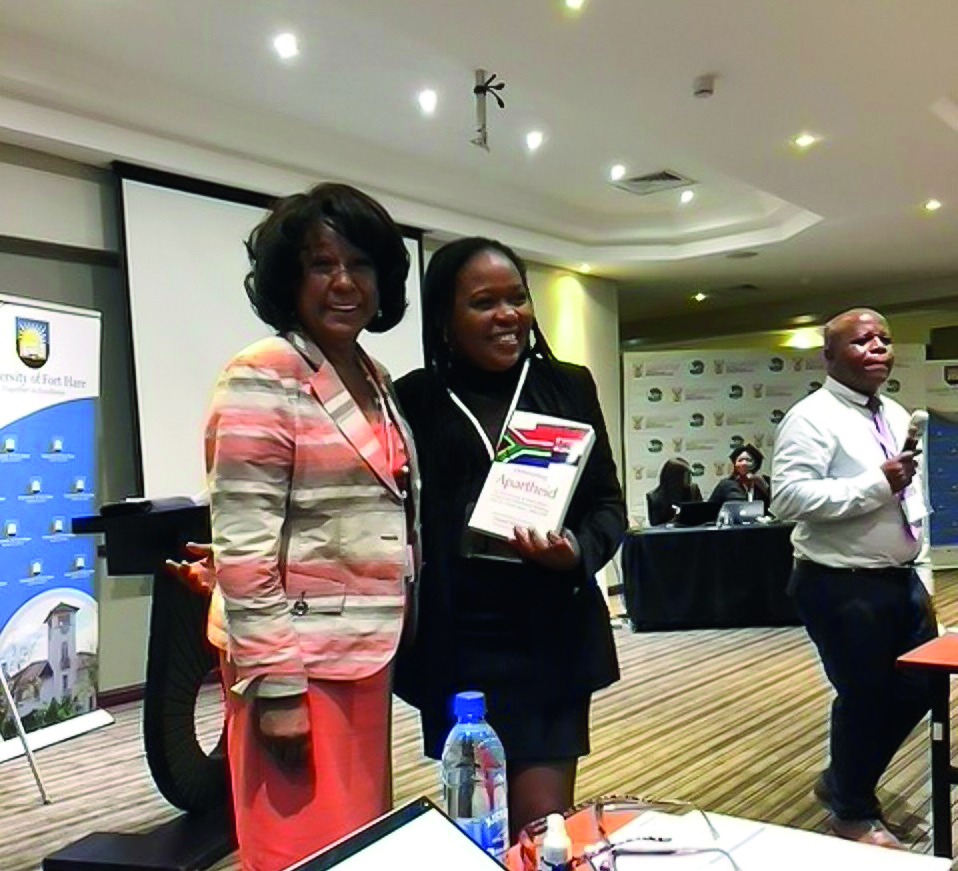
Empowering Women in STEM
Established as part of a long-standing academic venture called the Howard University Republic of South Africa Project (HURSAP), the HBCU-HDI Women in STEM Conference takes place every two years in either South Africa and the US.
The conference was first held in October 2015 in South Africa, engaging over 150 female scientists, engineers, and graduate students. The speakers at each event are mostly from Historically Disadvantaged Institutions (HDIs) in South Africa and Historically Black Colleges and Universities (HBCUs) in the US.
The event is marked by inspiring and interesting keynotes given by women who have established themselves in STEM-related fields. In addition, attendees can engage in discussions about the challenges typically faced by women of colour who are pursuing or working in STEM disciplines in the US and South Africa and how these can be overcome.
The HBCU-HDI Women in STEM Conference is also a great networking opportunity, as it can be the chance to establish new international academic and professional collaborations. ‘Some of the key highlights of the conference over the past years have really been the interactions between the South African women faculty from HDIs in South Africa and African-American women faculty from HBCUs in the US,’ says Dr Smith, who directs the conferences. ‘There have been many areas of intersection and collaborations fostered. In our next phase, we are getting ready for student exchanges and faculty exchanges.’
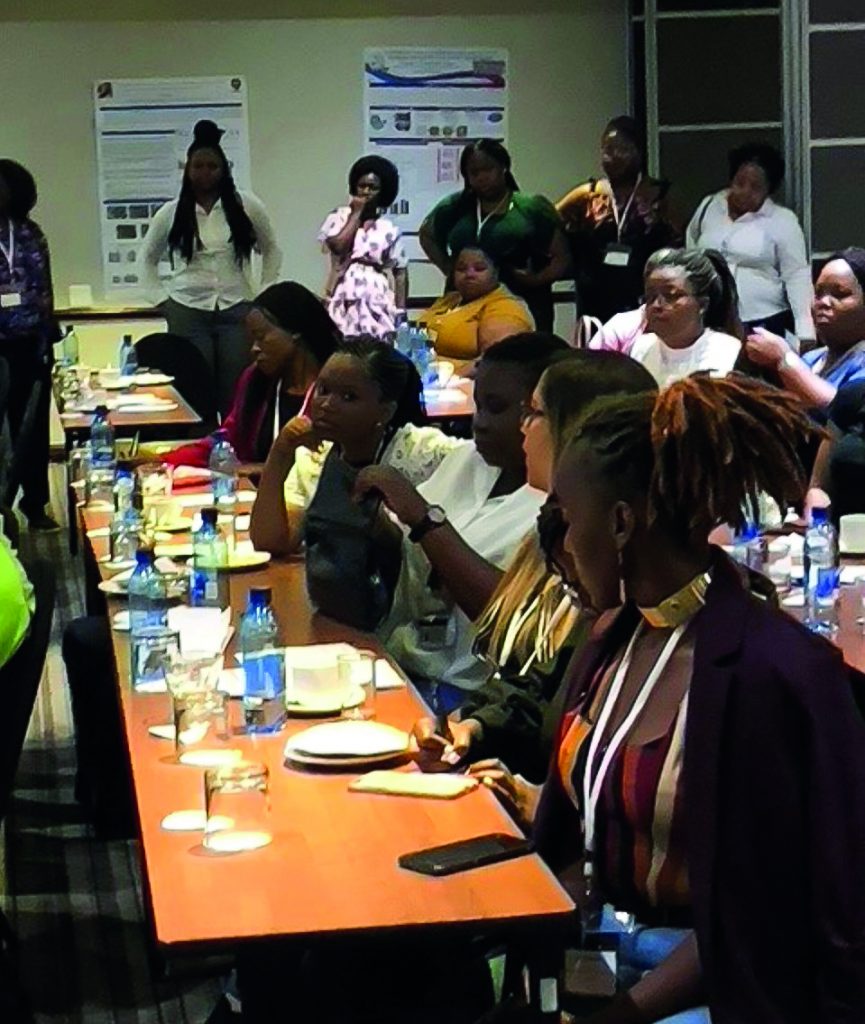
Highlights of the 2017 Conference
After highly positive feedback was received from those who attended the first conference in 2015, Dr Smith decided to continue organising the event every two years. ‘In 2017 we were very grateful to the national academies of science engineering in medicine for allowing us to host the conference at the historic building on Constitution Avenue, in Washington,’ she says. ‘This conference included a student poster session in the atrium Fourier of that building as well as an innovation panel.’
The 2017 HBCU-HDI Women in STEM Conference had 12 key speakers, including 10 women of colour who have had outstanding and inspiring careers in different STEM fields. In addition to Dr Smith herself, other speakers included medical scientist Dr Keolebogille Shirley Motaung, mathematician Dr Sibusiso Moyo, and Dr Arlene Maclin, an internationally recognised educator.
During the opening panel, attendees discussed the similarities and differences in the career trajectories of women in the US and South Africa, focusing on different STEM fields and professions. Other panels included student presentations on specific subjects, such as energy consumption in water supply systems and computational research investigating cancer biology, as well as a discussion session about catalysing innovation and entrepreneurship by women in STEM.
‘Some of the key highlights of the conference over the past years have really been the interactions between the South African women faculty from HDIs in South Africa and African-American women faculty from HBCUs in the US. There have been many areas of intersection and collaborations fostered. In our next phase, we are getting ready for student exchanges and faculty exchanges.’
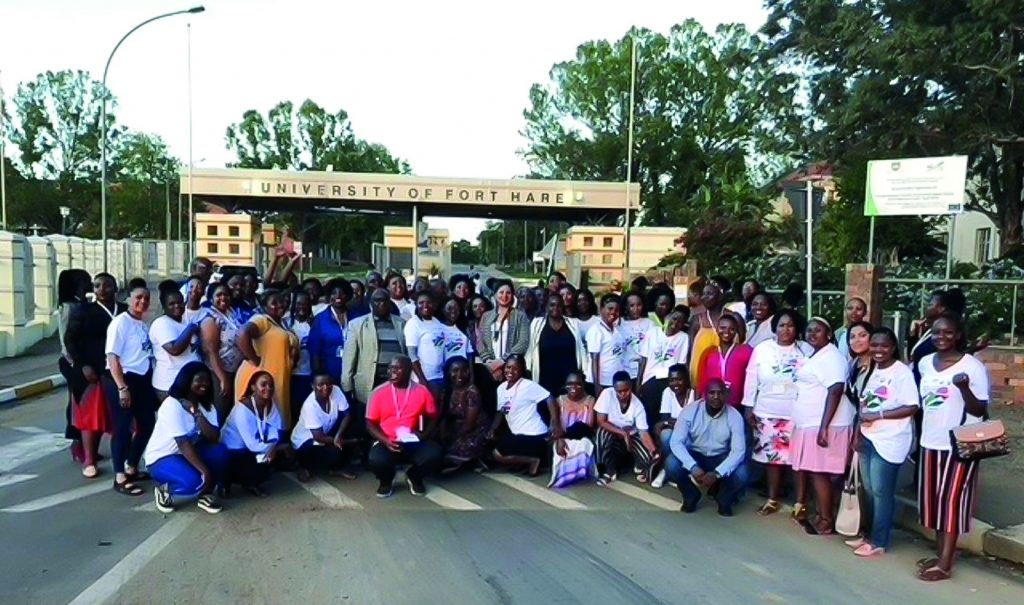
2019: Innovation, Commercialisation and Entrepreneurship
In 2019, the HBCU-HDI Women in STEM Conference was hosted in East London, South Africa, with a new series of speakers, panels, and discussions. Some of the speakers from the 2017 event returned to give new talks on topics centred around the themes of innovation, commercialisation and entrepreneurship.
This included a panel with several industry experts outlining the lengthy process through which a research idea or engineering concept can ultimately be translated into a business. In a different panel, a group of female innovators gave presentations outlining research ideas that they had ultimately developed into products. The research findings and innovative concepts presented at the conference were rooted in a variety of different STEM disciplines, ranging from engineering to biology and medical sciences.
‘In 2019, we focused on methods to turn research into patents and commercially viable products,’ explains Dr Smith. ‘During the conference, we discussed role modelling and the fact that you cannot be what you cannot see. It was an invaluable experience for the conference participants to interact with women faculty and students from their same township, ethnic group in South Africa or from the same state or region in the US who are succeeding in STEM.’
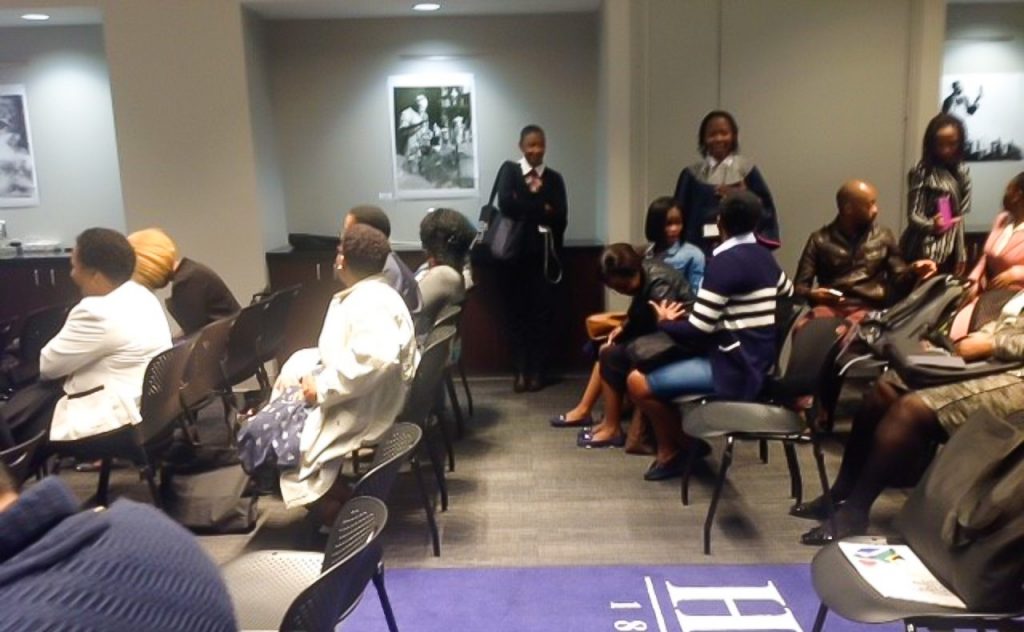
The Innovation Panel
So far, all of the HBCU-HDI Women in STEM Conferences included a special Innovation Panel. The key purpose of this panel is to give academics, industry leaders, entrepreneurs, government representatives, and other STEM professionals attending the event the opportunity to collaborate on developing strategies for attracting and retaining women in STEM fields.
The panel typically features a number of presentations by women innovators from both the US and South Africa who have successfully established themselves in a particular STEM field. It is also designed to spark discussions among attendees about possible interventions that could encourage more young women to pursue careers in STEM, including ways to overcome cultural barriers and strategies that could assist women who require venture capital funding for their projects and professional endeavours.
Some of the key themes commonly explored in this recurring panel are career paths, professional climate/culture and challenges/opportunities that are specific to women from HBCUs and HDIs. For instance, the panel may encourage discussions about how the professional trajectories of women in STEM differ between the US and South Africa or about how the two countries’ cultural and professional climates can impact how young women feel about pursuing a career in STEM fields.
The Innovation Panel is a great opportunity for women working in different fields to share their views and learn from the experiences of others, while also discussing strategies that could potentially help to make workplaces more diverse and inclusive.
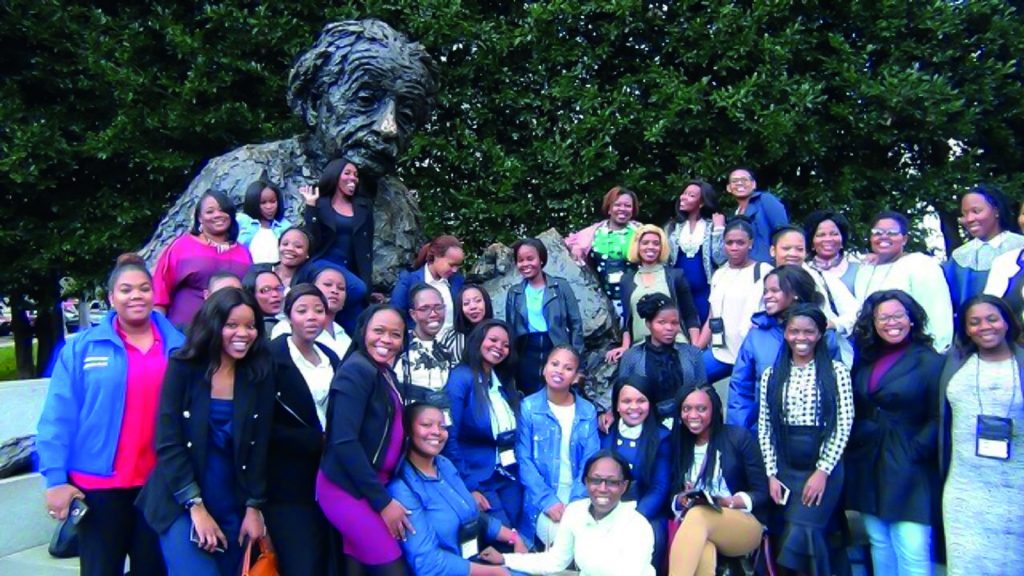
Advancing the Role of Women in STEM
The HBCU-HDI Women in STEM Conference has proved to be a highly enriching and impactful event, which has already initiated a number of meaningful academic and professional collaborations.
In addition to being a space where women from the US and South Africa can discuss the challenges they face as they try to fulfil their career aspirations, it encourages industry leaders, academics, and government representatives attending the event to start thinking about strategies that could help to mitigate or overcome these challenges.
Women and men of different ages and with varying academic and professional experiences have attended the conferences in 2015, 2017, and 2019; thus, it has also proven to be a highly valuable space for networking. In the future, Dr Smith and her colleagues hope that the conference will spark fruitful research collaborations or other joint professional endeavours between attendees.
‘The most meaningful achievements of the conference so far are that we have encouraged numerous women in STEM to obtain graduate degrees,’ Dr Smith says. ‘We have a community of scholars that are African-American and black South African women and we now keep in touch through our social media groups.’
The next Women in STEM Conference will take place in 2021 in the US, assuming that it would not be unsafe due to COVID-19. Dr Smith and her colleagues at Howard University will start planning for the conference and recruiting new speakers in the Fall of this year.
Reference
https://doi.org/10.33548/SCIENTIA577
Meet the researcher
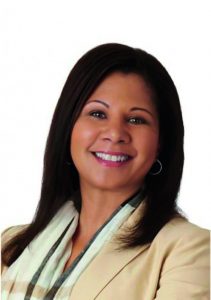
Dr Sonya T. Smith
Department of Mechanical Engineering
Howard University
Washington, DC
USA
Dr Sonya T. Smith holds a PhD in Mechanical and Aerospace Engineering from the University of Virginia. For the last two decades, she has been teaching mechanical engineering and related subjects at Howard University, where she was the first tenured female faculty member in the Department of Mechanical Engineering and the first woman to be appointed Chair of the department. Her key research interests include high-speed aerodynamics, computational fluid dynamics, heat transfer and biomechanics. She has received numerous grants for her work from both government agencies and private companies. Dr Smith was responsible for the creation of a new interdisciplinary theoretical and computational research lab at Howard University, dubbed the Applied Fluids-Thermal Research Laboratory (@FTERLab). In addition, she is the principal investigator for Howard University ADVANCE-IT, an NSF-funded research project aimed at developing a strategic model to increase the number of female leaders in STEM workplaces. One of her key personal objectives is to become a mentor and resource for all students and faculty at Howard University, particularly those who are currently underrepresented in STEM fields. Recently, she was also elected Chairman of the Association of Universities for Research in Astronomy’s Workforce and Diversity Committee.
CONTACT
E: ssmith@howard.edu
W: http://www.mech.cea.howard.edu/users/ssmith
KEY COLLABORATORS
Professor Keolebogile Shirley Motaung (Conference Co-Chair)
Assistant Dean: Research, Innovation & Engagement, Tshwane University of Technology
Founder and CEO: Global Health Biotech (PTY) Ltd
Chairperson: Gauteng Provisional Health Research Committee (PHRC)
Dr Bheki Hadebe
Director: High End Skills
South Africa Department of Science and Innovation
Mr Cecil Masoka
Director: Multilateral Cooperation
South Africa Department of Science and Innovation
Ms Lindiwe Gama
Deputy Director: Multilateral Cooperation
South Africa Department of Science and Innovation
Mr Thapelo Kepadisa
Assistant Director: Multilateral Cooperation
South Africa Department of Science and Innovation
FUNDING
South African Department of Science and Innovation
This project was supported by the National Science Foundation Award #1934440
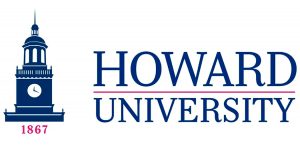
Want to republish our articles?
We encourage all formats of sharing and republishing of our articles. Whether you want to host on your website, publication or blog, we welcome this. Find out more
Creative Commons Licence
(CC BY 4.0)
This work is licensed under a Creative Commons Attribution 4.0 International License. 
What does this mean?
Share: You can copy and redistribute the material in any medium or format
Adapt: You can change, and build upon the material for any purpose, even commercially.
Credit: You must give appropriate credit, provide a link to the license, and indicate if changes were made.
More articles you may like
Professor Kathryn Newcomer | The Potential of Learning Agendas in Public Institutions
In their insightful research, Professor Kathryn Newcomer at George Washington University and her colleagues highlight the critical role of learning agendas in shaping governance landscapes, fostering evidence-informed decision-making and organisational growth within public institutions. They explore the process of developing a learning agenda and offer guidance for its effective implementation. Additionally, they discuss both the benefits and challenges associated with developing learning agendas to enhance the usefulness and impact of evaluation within public agencies.
Dr Jens Holger Rindel | The Acoustics of Open-Air Theatres: Why Traditional Parameters Don’t Apply
When you sit in an ancient Greek theatre, marvelling at how clearly you can hear performers even in the back rows without microphones, you’re experiencing acoustic engineering that predates modern science by millennia. According to new research, many of the standard methods acousticians use for concert halls are ineffective for open-air venues. Dr Jens Holger Rindel of Odeon A/S in Denmark has demonstrated why we need different acoustical parameters to evaluate open-air theatres properly. His work challenges the conventional wisdom of applying indoor concert hall metrics to outdoor venues and proposes new approaches specifically tailored to spaces where the sky forms the ceiling.
Calculating Steering Friction: Essential Engineering for Military Aircraft Safety
The safe operation of military training aircraft depends on precise engineering calculations that most of us never consider. Dr Bogdan Adrian Nicolin and Dr Ilie Nicolin from the National Institute for Aerospace Research in Romania have developed sophisticated methods to calculate the steering friction moment in military aircraft. This critical engineering parameter ensures that pilots can safely control aircraft during taxiing, take-off, and landing – making their work essential for both pilot training and flight safety.
Professor Robert B Heimann | Culinary Craftmanship: The Evolution of Pottery for Cooking
Cooking food is arguably one of the most important transitions in human evolution, and initiated hundreds of thousands of years of refinement in both technique and technology. Professor Emeritus Robert B Heimann of TU Bergakademie Freiberg, Germany, recently reviewed the evidence for early cooking vessels and tracks the evolution of their production, identifying important strategies of optimisation using various natural materials, firing methods, and designs to improve durability, functionality, and efficiency over time.


